This entry was posted on October 17, 2019.
By Saraya Cortaville

Portrait photographer and X-Photographer Saraya Cortaville skillfully draws out her subject’s emotions and feelings, in a sensitive and empathetic way. Her portraits are an observation and moment of connection between two people, rather than photographer and subject. In this article, she gives us ten tips for capturing travel portraits you will remember forever.
Saraya will also be appearing at CameraWorld Live: London to discuss her best tips and practices on travel photography. Click here to get your tickets.
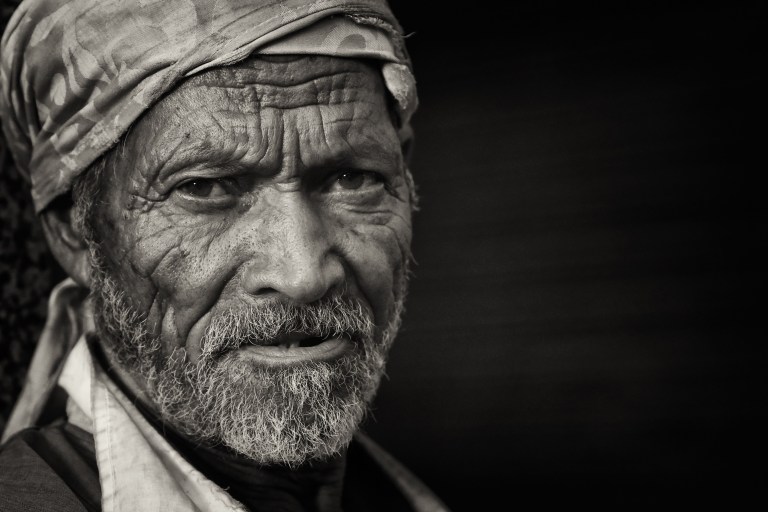
1. Think about kit
Before you start out on your photographic adventures, sit for a moment and contemplate what equipment that you might need. I find that quite often we overload our camera bags with unnecessary and cumbersome kit.
Realistically, you will need a body (and potentially a spare) and a couple of lenses, depending on what you are aiming to shoot.
For travel, I tend to take my FUJIFILM X-T2 (with a spare FUJIFILM X-T20) and three lenses. This enables me to have a good range of focal lengths to shoot a variety of scenarios, from landscapes through to portraiture.
There are some essentials that need to be taken, such as spare memory cards, batteries, a cleaning kit, and some form of power capability especially if you are venturing off the beaten track.
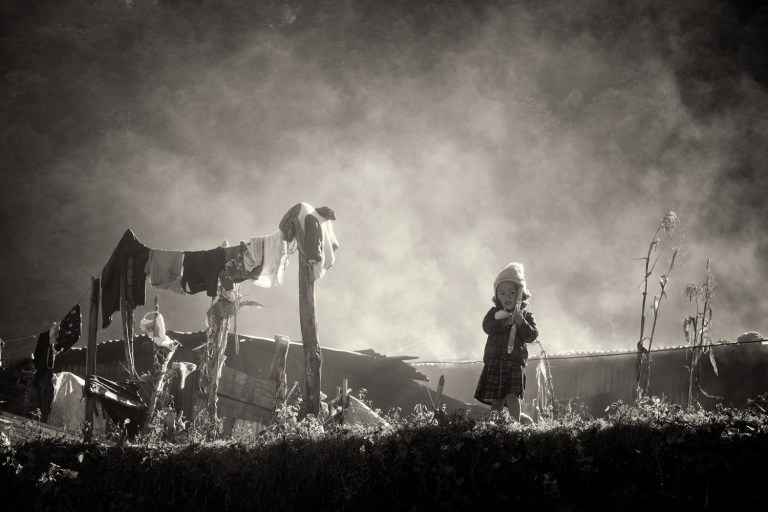
FUJIFILM X-T2 & XF50-140mmF2.8 | F5.6 | ISO 250 | 1/125 sec
This image of the little girl in the mist was taken on one of our magical morning walks in Barpak, Nepal, the light was simply beautiful and the children were eating sugar cane for breakfast and getting ready for school.
2. Consider the time of day that you shoot
When travelling, quite often I will make an early start to capture the vibrancy and hustle of the morning in the location. At these times the normality and authenticity of a town are more apparent.
I will do the same at the end of the day, when people are more relaxed in their environment, going through the motions of their daily lives.
The light at these times of day lends itself perfectly to candid and honest portraits, with a warmth and depth that cannot be replicated at other times.
3. Endeavour to capture the essence and feel of a location
Each location will have its own unique atmosphere, and it is your job as a photographer to try to illustrate this in an image. The colours, textures, smells, and energy should all be explored, to give an authentic representation of the location.
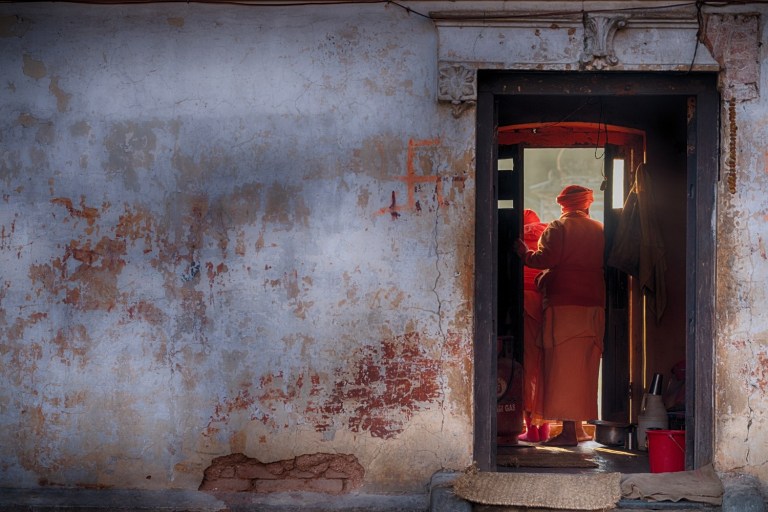
FUJIFILM X-T2 & XF50-140mmF2.8 | F3.6 | ISO 250 | 1/125th sec
This image, to me, really captures the sights, ambiance, textures and colours of the religious temple in Pashupatinath, Kathmandu. The day we were shooting here, there was a very large gathering of people, all watching the occasion. The contrast of colours and textures and the feeling of anticipation are what drew me to taking this atmospheric image.
4. Experiment with composition and viewpoint
These considerations of creativity are what set the travel photographer apart from the regular tourist. Seeing an image in a more controlled and deliberate form, will create a more dynamic and interesting scene.
5. Communicate
Learning some basic local phrases can always help in engaging with the local people, making them more open to the idea of a portrait. Quite often I will travel with a local speaker so that they are able to explain my intentions for the images that I shoot.
Non verbal communication is a key tool also, with eye contact and a smile often all that is needed for an intimate and meaningful moment between the photographer and the subject.
Many times I have been in a situation where the spoken language has been a huge barrier; however positive body language and an engaging manner will soon win over even the hardest of subjects around.
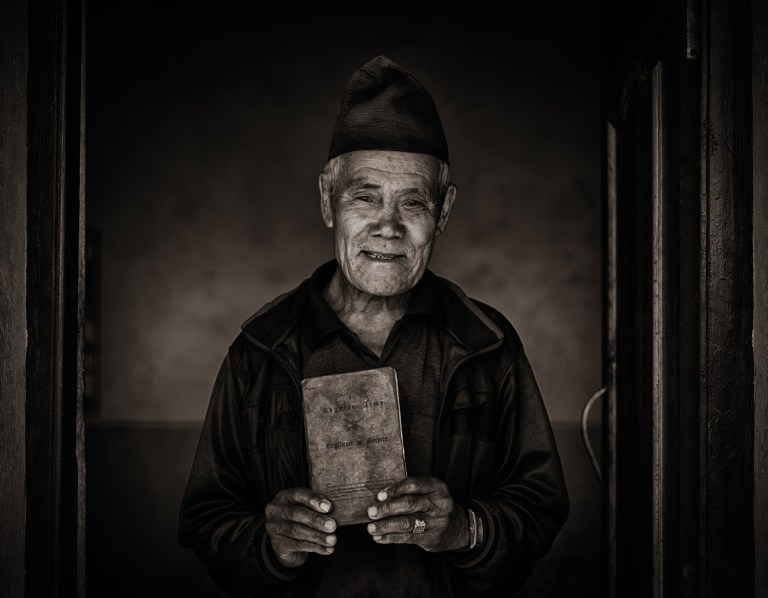
FUJIFILM GFX 50S & GF120mmF4 | F4 | ISO 160 | 1/200th sec
This lovely smile belongs to a Gurkha Pensioner whom we visited in Nepal last November to see if we could assist him in any way. He was still in possession of all of his papers, as he was clearly very proud to have been a Gurkha Soldier.
6. Research the local customs and cultural differences
It is our responsibility as photographers to be sympathetic to any particular local cultures and customs. These, if considered, can add to the overall feel of the final imagery taken. Be mindful not to intrude or interfere with the natural flow of where you are. Be a bystander and be respectful of your surroundings.
7. Observe and take your time
Quite often, I will just find a good vantage point and sit and observe the scene as a whole and watch the world go by. I then try to focus on specific elements of what is happening. Anticipating key moments and interactions between people is beautiful to capture and can tell so much about a community and how it works.
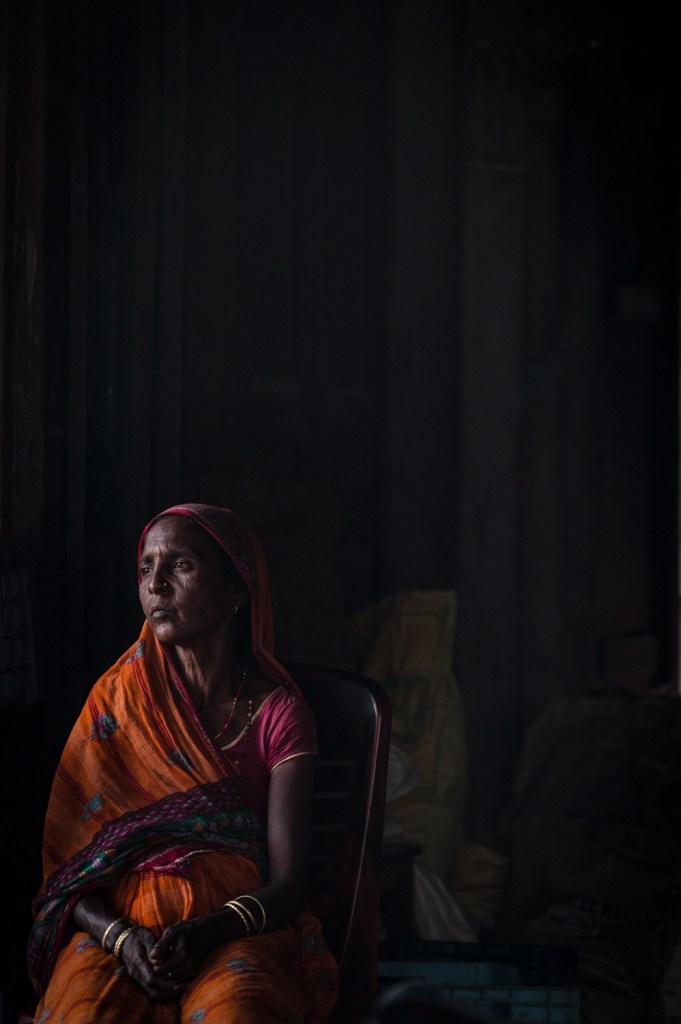
FUJIFILM X-T2 & XF50-140mmF2.8 | F3.2 | ISO 400 | 1/125th sec
This lady was just sat in a coffee shop watching her children play. I loved her expression and the colours in the scene so I waited until the light was just perfect on her face. This was the only shot I took.
8. Tell a story
Enabling the viewer to interpret the scene is a wonderful tool for making an engaging travel image. Watching characters and people engaging with each other can tell the viewer so much more than a straight travel portrait. Including context and environment can tell a story that will just bring the scene to life.
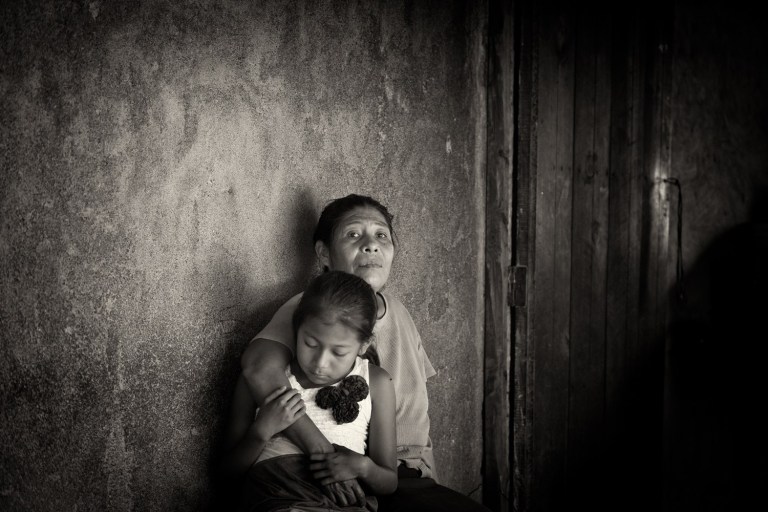
FUJIFILM X-T2 & XF50-140mmF2.8 | F2.8 | ISO 1250 | 1/320th sec
To me this image tells the story of the love and protection between a grandmother and her granddaughter. We were actually at their house to interview the mother for an entrepreneur scheme, but I just loved the relationship and connection between these two.
9. Look for good light
Light is a big consideration for me when I am taking a travel portrait. I tend not to take the shot unless the light is flattering on the face of the subject. In many of the countries that I travel the light can be harsh and too strong in the middle of the day.
If this is the case I will look for subjects in shaded areas, such as porches or verandas.
10. Back up
There is nothing worse that returning home from a trip without “the shot”! My advice here is to back up and back up again! Portable hard drives are worth their weight in gold and relatively inexpensive – perfect for storing all of your travel masterpieces. I try to back up all of my images at the end of each day, as good working practice.
Above all my biggest tip, is to take it all in and don’t spend hours behind your camera. The best photographers will be very selective about the images that they take whilst still enjoying and experiencing their surroundings.






